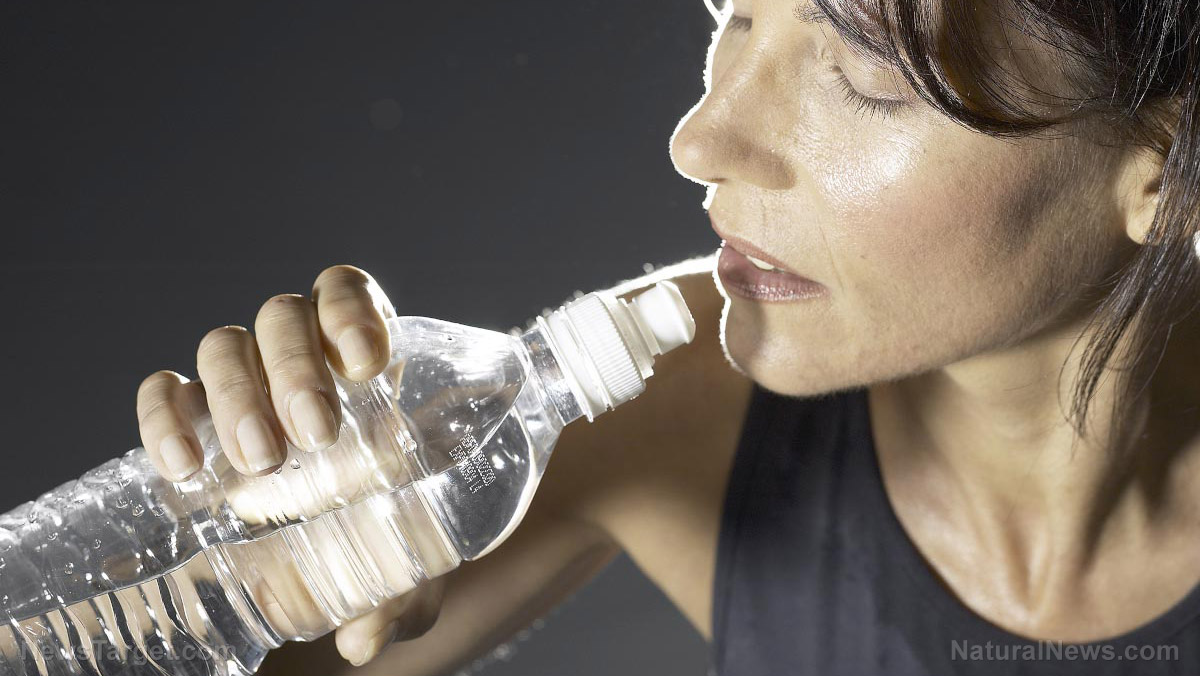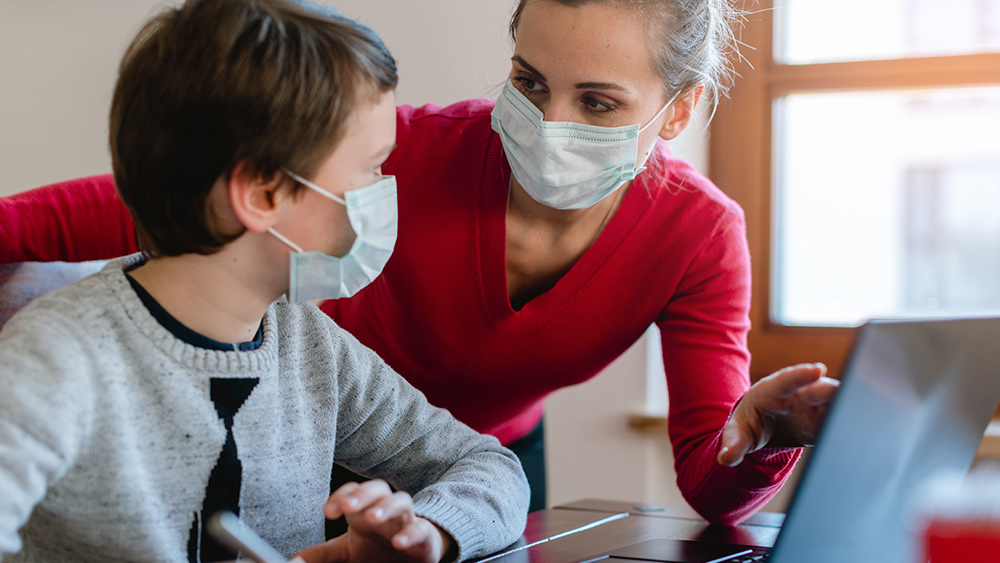Do you have a safe source of water for a SHTF situation? Top 5 water purification mistakes
01/20/2018 / By Frances Bloomfield

Everybody knows that you need water to live. Without it, you’d be pushing in as little as 72 hours. What isn’t as common, however, is knowing how to purify water properly. If you think making potable water simply involves running it through a filter — you’ve just made one of the most common mistakes in water purification. There are four more misconceptions that you need to look out for, lest you end up dealing with a survival situation right in your belly. (h/t to Survivopedia.com)
- Water purification and filtration are the same: Simply put, they aren’t. As per OffTheGridNews.com, water filtration is the removal of physical impurities from water via chemicals, barriers, or biological processes. These physical impurities include debris, minerals, pollutants like insecticides, and tiny particles. Water purification, on the other hand, focuses on taking out unseen impurities through chemical processes to ensure the overall safety of the water. This means removing viruses, chemicals, biological contaminants, and all other materials water filtration can’t get rid of.
- Simply thinking that either purifying or filtering is good enough: Although different, water purification and filtration are both necessary to maintain a steady supply of potable water. Water purification may be effective at eliminating pathogens and contaminants, but it won’t do the same for rocks or sediments. Never forget to do both, with water filtration coming in first to lessen the risk of cross-contamination. (Related: Water filtration is an essential component to a healthy lifestyle)
- Exposing water to cross-contamination: Containers for water should be used solely for that, as should containers for utensils. If you mix it up, you end up wasting all of the efforts you put into purifying and filtering your water. This also applies to any containers you use to collect water. They should only be for collecting water, and not for storing purified water.
- Doing a bad job at with chemical purification: When you purify water through chemicals, you typically do so by adding a tiny amount of iodine, bleach (sodium hypochlorite), or pool shock (calcium hypochlorite). They all do a decent job of killing contaminants — but use it too much, and the same could happen to you. For iodine and bleach, the ideal measurements are five drops per quart of clear water and ten drops per quart of cloud water. For pool shock, dilute a teaspoon in a gallon of water to make chlorine solution stock. Afterward, add a bit the chlorine solution shock, about the size of a small shot glass, to another gallon of water. Whichever method you pick, be sure to wait for at least half an hour to a full hour before drinking. As for which is the best option, SurvivalTopics.com recommends pool shock because a one-pound bag can be used to treat up to 10,000 gallons of drinking water, making it more cost-effective and practical than iodine or bleach. Plus, bleach degrades over time, so it can lose its strength in just a year.
- Not heating up water properly: Getting in your head that 45 seconds of boiling water will suffice is one way to get your tummy in trouble. At the very least, you should boil your water for a good, solid minute at 212 degrees Fahrenheit. If you’re at a higher elevation, then three is ideal, because the altitude greatly affects your water’s chemistry. Specifically, every 500-foot increase in elevation lowers the boiling point of water by one degree Fahrenheit. You can also boil water for an hour at 145 degrees Fahrenheit if you like, as this will destroy the majority of bacteria.
So if you want to stay healthy and safe, avoid these water purification mistakes, because they will cost you. As the old saying goes: it’s better to be safe than sorry.
Find out what else you can do to stay on top of your game in any situation by visiting WaterFilters.news.
Sources include:
Tagged Under: clean water, Collapse, Gear, off grid, potable water, preparedness and survival, prepping, survival, water filters, water filtration, water purification, Water safety
Get independent news alerts on natural cures, food lab tests, cannabis medicine, science, robotics, drones, privacy and more from NewsTarget.com
Get independent news alerts on natural cures, food lab tests, cannabis medicine, science, robotics, drones, privacy and more from NewsTarget.com
RECENT NEWS & ARTICLES
SHTF.News is a fact-based public education website published by SHTF News Features, LLC.
All content copyright © 2018 by SHTF News Features, LLC.
Contact Us with Tips or Corrections
All trademarks, registered trademarks and servicemarks mentioned on this site are the property of their respective owners.





















